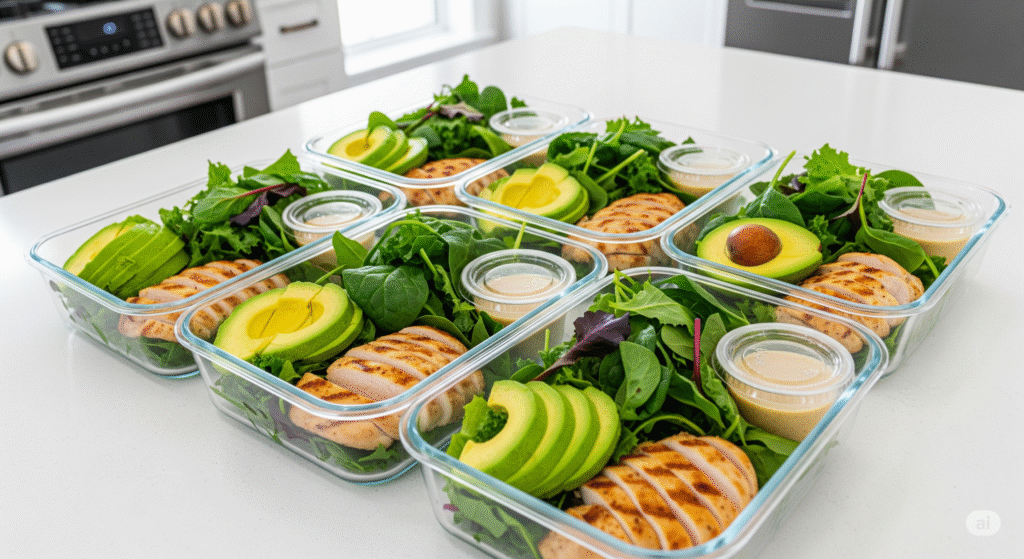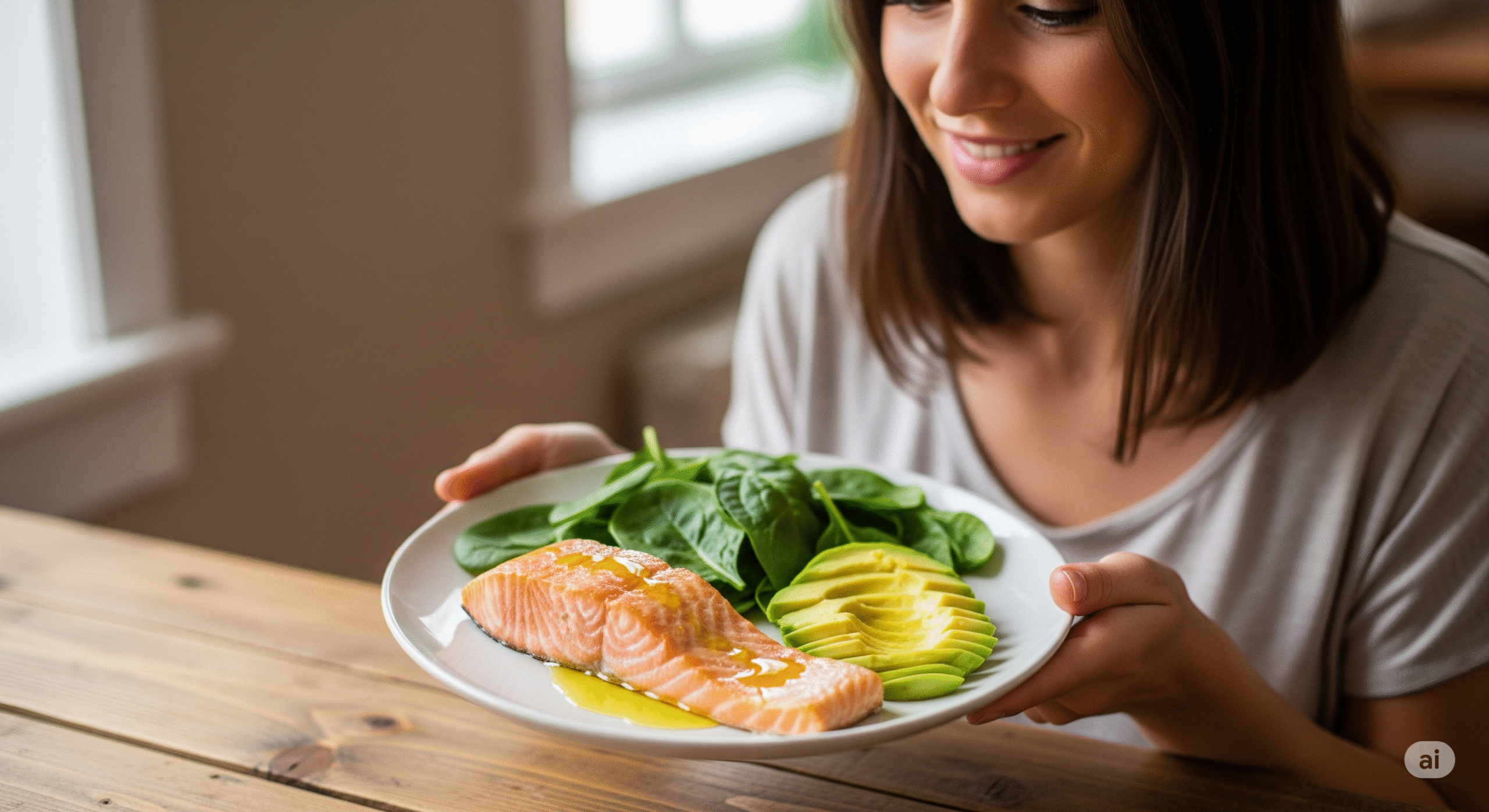Keto Diet for Beginners: A Complete Guide to Starting Your Low-Carb Journey
The Keto diet has become one of the most popular eating plans in recent years, thanks to its potential for weight loss, improved energy, and better control of blood sugar. But for beginners, starting keto can feel overwhelming—low carbs, high fat, and all the new foods to try.
If you’re new to keto and wondering how to begin, this guide will break it down for you in simple, clear steps. You’ll learn what the keto diet is, what you can eat, what to avoid, how to plan meals, and how to set yourself up for success.
What is the Keto Diet?

The ketogenic diet, or keto for short, is a low-carb, high-fat eating plan designed to shift your body into a state called ketosis. In ketosis, your body burns fat instead of carbohydrates for fuel.
Normally, your body uses carbs (from bread, rice, sugar, etc.) as its main energy source. But when you drastically reduce carbs, your liver produces ketones from fat, and these ketones become your body’s new fuel.
👉 In short: Eat fewer carbs, eat more healthy fats, and your body will burn fat for energy.
Benefits of the Keto Diet
- Weight loss: By burning stored fat for fuel, keto may help reduce body fat more quickly than traditional diets.
- Better energy: Many people report fewer energy crashes and steadier focus.
- Blood sugar control: A lower-carb lifestyle may help people with insulin resistance.
- Reduced cravings: Eating more fat and protein keeps you fuller for longer.
Foods You Can Eat on Keto
The key to keto is focusing on low-carb, high-fat, and moderate protein foods.
- Proteins: Meat, poultry, fish, eggs.
- Fats & Oils: Olive oil, avocado oil, butter, coconut oil.
- Low-carb vegetables: Leafy greens, broccoli, zucchini, cauliflower.
- Dairy: Cheese, cream, unsweetened Greek yogurt.
- Nuts & seeds: Almonds, chia seeds, walnuts, sunflower seeds.
- Beverages: Water, coffee, tea (without sugar).
👉 Pro Tip: Stick to whole, unprocessed foods as much as possible.
Foods to Avoid on Keto

Some foods will kick you out of ketosis. Avoid these to stay on track:
- Bread, pasta, rice, and cereals
- Potatoes, sweet potatoes, corn
- Most fruits (bananas, apples, grapes, oranges)
- Sweets, cakes, cookies, candy
- Sugary drinks, soda, fruit juice
- Beer and high-carb alcohol
How to Start the Keto Diet (Step by Step)

- Set your carb limit – Most beginners aim for 20–50 grams of net carbs per day.
- Plan your meals – Focus on simple keto recipes with meat, low-carb veggies, and healthy fats.
- Clear your kitchen – Remove high-carb snacks and stock up on keto-friendly options.
- Stay hydrated – Drink plenty of water to avoid dehydration.
- Get electrolytes – Add sodium, potassium, and magnesium (salt your food, eat leafy greens, use supplements if needed).
- Expect the Keto Flu – In the first week, you may feel tired or moody as your body adjusts. It usually passes quickly.
- Track your progress – Use a food tracking app or journal to monitor carbs and meals.
Sample Keto Meal Plan for Beginners (1 Day)
- Breakfast: Scrambled eggs cooked in butter with spinach.
- Lunch: Grilled chicken salad with avocado and olive oil dressing.
- Snack: Cheese cubes and a handful of walnuts.
- Dinner: Salmon with roasted zucchini and cauliflower mash.
👉 Pro Tip: Start simple. Don’t stress about making gourmet keto meals in the beginning.
Common Mistakes Beginners Make
- Eating too much protein (which can turn into glucose).
- Not eating enough fat, leaving you hungry.
- Forgetting electrolytes (leading to headaches and fatigue).
- Snacking on “keto junk food” instead of whole foods.
- Giving up too soon before the body adapts.
Is Keto Right for You?
The keto diet can be effective, but it’s not for everyone. People with certain health conditions (such as liver or kidney issues) should consult a doctor before starting.
👉 Always check with a healthcare professional before beginning any new diet, especially one as restrictive as keto.
Final Thoughts
The Keto diet is not just another fad—it’s a proven approach to weight loss and better energy. By focusing on the right foods, avoiding common mistakes, and starting simple, beginners can transition smoothly into a low-carb lifestyle.
Remember: Keto is most effective when it becomes a long-term lifestyle change, not just a quick fix.
Eggs and Prostate Cancer Risk in 2025: What Every Man Needs to Know
FAQs About the Keto Diet
Q1: How long does it take to enter ketosis?
Most people enter ketosis within 3–5 days of reducing carbs.
Q2: Can I eat fruit on keto?
Yes, but only low-carb fruits like berries in moderation.
Q3: What is the “Keto Flu”?
It’s a temporary set of symptoms (fatigue, headache, irritability) that can occur in the first week. It usually goes away once the body adapts.
Q4: How many carbs should beginners eat on keto?
Typically between 20–50 grams of net carbs per day.
Q5: Is keto safe long-term?
For many people, yes, but it should be tailored to your health needs. Always consult your doctor.
